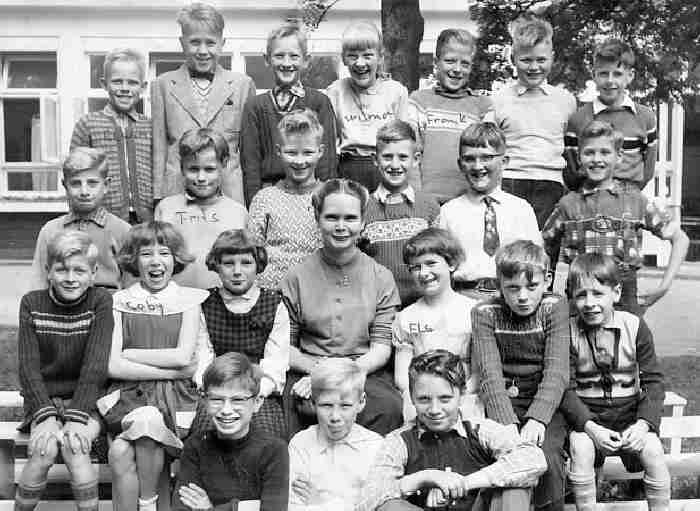
Figure 1.--Here we have a Dutch primary school class, probably photographed in the 1950s. We are not sure just what grade/form level this was. |

|
We have just begun to collect information on levels in Dutch schools and our information is still very limited. As in all countries there is the basic primary and secondary division. There is also a nursery school system. We believe that the Dutch have a fairly advanced system of pre-primary education, but have few details at this time. We do not yet have details on the various grades/forms and ages. This we hope to eventually add. We have begun to collect images to assess the various clothing styles in the various sections and grade levels. This of course had changed over time.
There is also a nursery school system. We azre not sure when pre-schools were first established. We suspect that the German Kindergarten movement was influentiakl, but have few details at this time. We believe that the Dutch have a fairly advanced system of pre-primary education, but have few details at this time. We know little about the pre-school program or the difference between state a private schools. Hopefully Dutch readers will provide some basic information. Presumably bprivate nursery schools are available for very young children. As we understand it, state pre-schools are available for children beginning at age 4 years. Attendance is compulsory at age 5-years. We know that the nursery school chilfren do not have the regular 5-day week.
A Dutch A Primary school has 8 years. This means schools essentially have a mix of muesery and rimary children. The child begins at the age of 4 in year 1, although that first year is not compulsory. The child finishes at about age 12 years. At the end of the 7th and 8th year, the students take a CITO test. Which is aecondary school placement test. This is similar to the old British 11+ exam. CIO is the agency preparing this and other standardized tests in the Netherlands--
Centraal instituut voor toetsontwikkeling (Central Institute for Test-development). Not all Dutch schools use the CITO tests, but most do. The Netherlands have afice day Monday-Friday school day. The school day usually begins about 8.15/8.30 am and end at 3:15.3:30 pm. The core subjects primary children study include: Taal (language/grammar), reading, writing, and Rekenen (calculating/math), Then there are creative subjects such as drawing, working with clay, theatre and plays, and other subjects. Other subjects include: geography, science (biology and a little physics. There is also physical education (PE) which usually includes swimming and sometimes ice-skating. There are promary schools with different approaches. Some schools have a program based on the idea that children will learn on their own, without a teacher centered program. There asre both Iederwijs and Montessori schools. In a Jenaplan school, they believe that a school is for all children and there needs to be more awareness of individual differences. These schools see every child as a person that needs with different needs and abilities. There are no Government achievment tests, only the CITO placemet test. There is a short recess (mornng break) at 10:15-10:30 am. At recess the children play football, tag, hide and seek, and other games are played. This varies from school. Some schools have their own games. Most school have a lunch break from about 12:30-1:15 pm. Many children go home to eat, but some children eat their lunch at school. Wednesday is commonly a half days. Not all schools have their half day on ednesday, but this is common. A special event at school is schoolfeast wehich often celecrates the the school's anniversary.
As in mosdt iof Europe, secondary education in the Netherlands was significantly expznded after Workd War II. Dutch children at age 12 years are eligible for enter secondary schools. They are three basic secondary curricula: 1) pre-vocational secondary education (VMBO), 2) senior general secondary education (HAVO), and 3) pre-university education (VWO).
Most secondary schools provide at least two of these programns, VMBO is a 4-year program znd leads to secondary vocational education (MBO). HAVO is a five-year program and leads on to higher professional education (HBO). VWO is a 6-year priogram and leads on to university (WO). The core curriculum in the first 2 years of secondary school is very similar in all thread types of secondary schools. Almost all Dutcg\h children begin secondary school and there is a very high levelmof completion.
Related Chronolgy Pages in the Boys' Historical Web Site
[Main Chronology Page]
[The 1920s]
[The 1930s]
[The 1940s]
[The 1950s]
[The 1960s]
[The 1970s]
[The 1980s]
[The 1990s]
[The 2000s]
